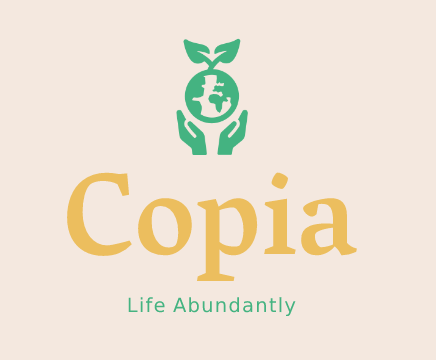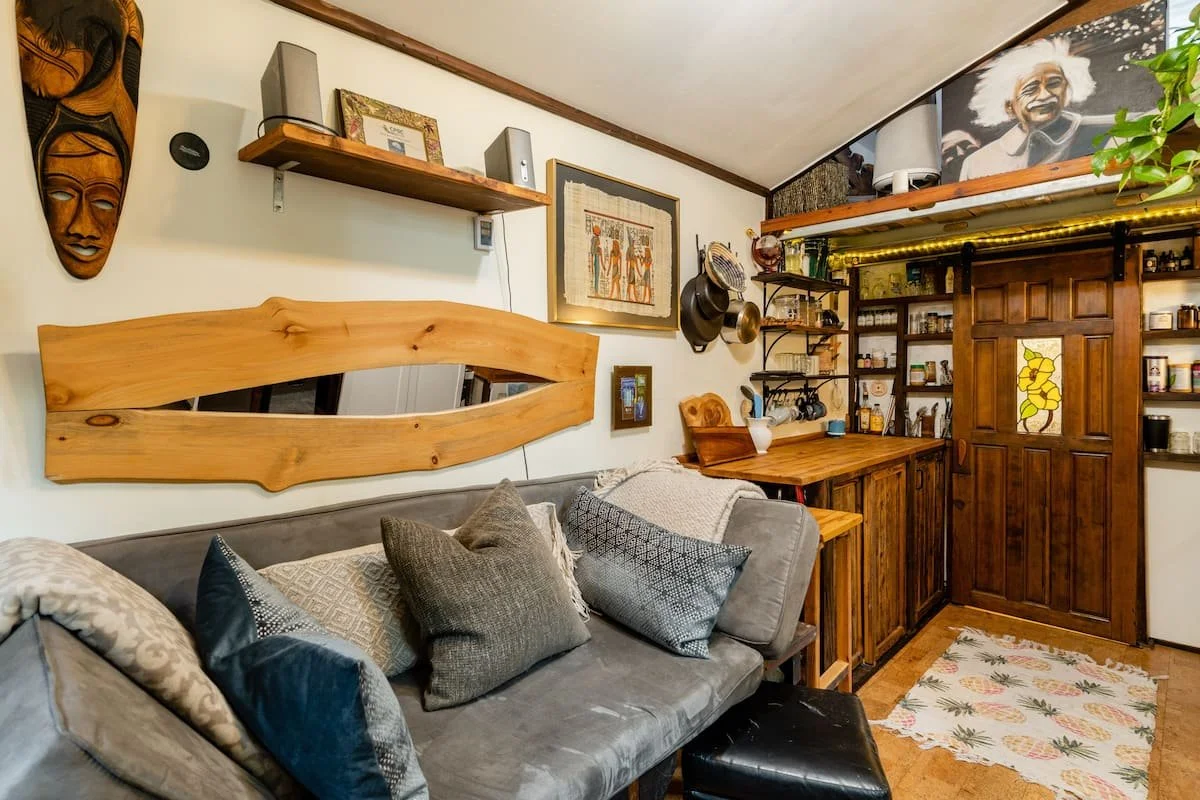Company Story
It all started when...
a naive young scamp named Cody had his eyes opened to reality when traveling internationally to the developing world for the first time, particularly Africa. He was appalled at the injustice of a world with so much wealth, resources, technology, knowledge, and human power that we allow billions to go without all sorts of basic necessities of life, while mother nature is raped for her natural resources. Within months of these trips he decided he wouldn’t work on any project that didn’t at least tangentially relate to righting the crimes against humanity, and the crimes against nature committed to fuel the global economic machine. Starting a company to bring about this change seemed to make sense at the time, unfortunately Duke University didn't have much in terms of entrepreneurial course offerings and after taking the one entrepreneurship class Duke offered at the time Cody decided to learn by doing instead of in the classroom and started an LLC through Legalzoom called Corona Industries (immediately hated the industries part and it took like two years to get around to changing it). The purpose of this company would be to somehow address the vast wealth inequality and social injustice inherent in the world today, and the ecosystem destruction that comes along with it. Based on what he had learned it seemed to Cody that from bacteria up to humans when resources are abundant the trend is toward cooperation, but as resources are more scarce opportunism becomes more prevalent in the population. Of course, much of the scarcity today is artificial, but that would be a difficult problem to address. However, Cody agreed with people like Buckminster Fuller and Jacques Fresco that if we could provide food, water, energy, housing, healthcare and education to everyone on the planet a large proportion of our societal problems would simply disappear.
The company was incorporated on December 27, 2010 after receiving some advice from then law student Casen Gregg. Casen recommended starting an LLC before signing a non-disclosure agreement with a startup company Cody had recently discovered in order to help protect myself from any potential backlash from the relationship (not that we foresaw any, but lawyers will be lawyers). That startup was Pilus Energy, and the idea was to license Pilus’s Electrogenic Bioreactor technology (bugs + battery that turns sewage into electricity and clean water). We hoped to use the technology to solve the swine waste (pig poo) problem eastern North Carolina is having thanks to about 7 million pigs it has cooped up in a very small area. The… effluent from these pigs is flushed outside the factory and into a lagoon (big plastic lined hole in the ground), where it sits for a period of time before being sprayed onto a nearby field as fertilizer. Don’t worry, only crops not for human consumption can be fertilized this way. This system is a problem for multiple reasons, leakage, odor, and pure wastefulness among them. That poo is chock full of energy.
So the idea was to get a standard 40′ storage container, outfit it with Pilus’s EBR technology, and suck up the waste from one lagoon at a time, turning it into electricity and clean water (the bugs can also produce valuable biogas). Once the lagoon was drained the farmer could decide if he wanted a smaller unit installed permanently to take care of daily waste, while the larger unit is packed onto a truck and moved to the next farm.
But for some reason simply turning pig poo into electricity wasn’t enough for me. So along with that, we wanted to offer the farmer a complementary “energy audit” of his property. We could go in and determine based on local resources, other places energy could be extracted, my preferred method of extraction being Open Source Ecology‘s Global Village Construction Set (GVCS).
One example we came up with after tagging along with a Duke U. carbon offset group on a field trip to a nearby swine farm that had implemented a similar technology to turn the waste into electricity but in a much less efficient manner than my idea (in my humble opinion). However, my wheels started turning and looking for ways to derive additional value from the property. This particular farm had decent elevation change (~200 vertical feet) over a relatively small horizontal area. The property was large, maybe 50 acres and in North Carolina that means it receives a lot of heat and sunshine (read: energy) over the year. Based on that information we came up with the following basic plan. Forgive the diagram that looks like it was built by a teenager. It was 2010, Cody was in college working on this stuff on the side.
Unfortunately, it wasn’t meant to be and the Pilus technology simply wasn’t far enough along at the time. On the bright side that led to a two year consulting engagement with Pilus, and Corona’s first client. Over those next two years we would have the company’s website redesigned, develop a whiteboard animation video to promote the company, plan and execute an Indiegogo crowdfunding campaign to raise money for R&D, see/participate in the Reverse Triangle Merger of Pilus with Tauriga Sciences, Inc, be made General Manager of Pilus Energy and given a VP title with Tauriga, attempt to lead a team of over 40 contractors and researchers in the commercialization of the Pilus technology (and ultimately fail to do so due to lack of leadership on my part, and lack of funding. This was a really hard hit to my confidence and ego, by far the biggest failure of my entire life to date, which sounds melodramatic but it’s the truth. Essentially everything I had ever put my mind to in the past I had been able to more or less excel at. Not this time).
Thankfully that wasn’t the only iron in the fire, and kept busy working on a small real estate development venture a group of us hoped to get off the ground in Southern California (Open Sourcing the Living Building Challenge)
Conceptual drawing for an open source Living Building Challenge house, which will hopefully be 3D printed using earthen materials that sequester carbon and turn the building envelope into limestone
Corona also began doing home energy assessments, sales, marketing, and customer engagement for Empower Gas & Electric, while making preparations (including building a tiny house on wheels to move from Cincinnati to California, where I thought the market would be much better for a young sustainability professional. Plus it would allow me to work more closely on the Living Building Challenge project.
The Tiniest House
The story has continued, blah blah maybe we’ll update this page later... stay tuned, but basically after that we did a whole mix of things like odd jobs for an aspiring regenerative Meadery, worked on several sustainable housing projects, created an online sustainability hub/marketplace at Coneybeare Cleantech, worked on pro bono consulting projects via Seed CG for CalTech and Re-Plate as clients, managed a ~3 year CalFire grant to salvage end of life trees and enhance an industry that would continue that work after the grant funds dried up, facilitated grant applications, invested in a regenerative ranching venture in NE San Diego County, and continued to build out the vision for this whole co-op thing that right now we’re calling Copia.







